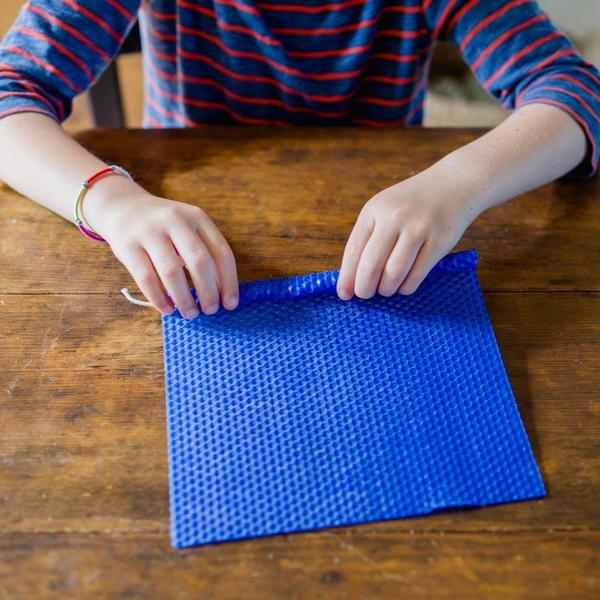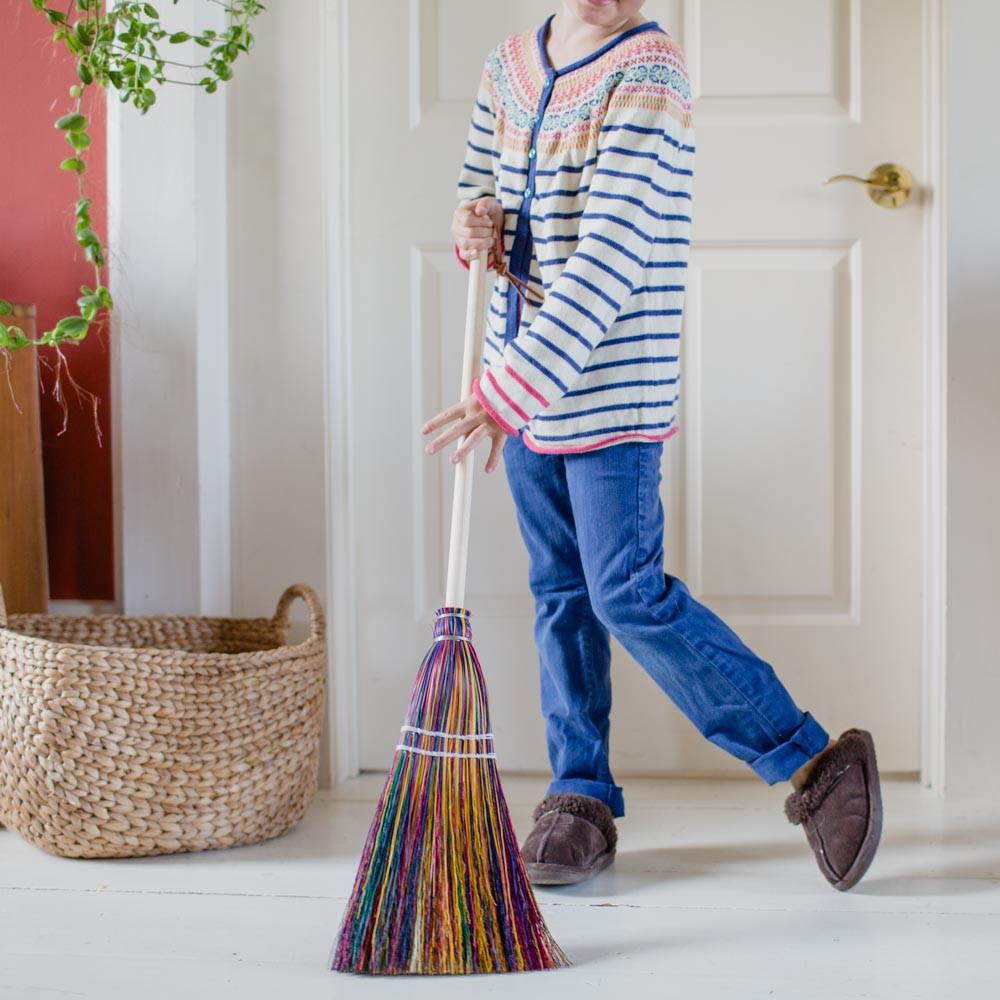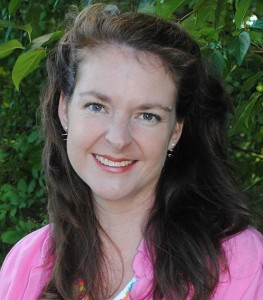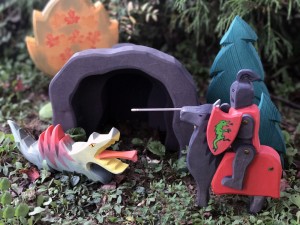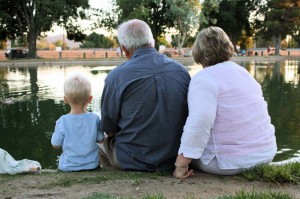Candlemas is a festival celebrating light, especially in the deep mid-winter when many of us in the north have very little of it! Candlemas is celebrated on February 2, the date that falls halfway between the winter solstice and the spring equinox. It is a celebration of the noticeable lengthening of the days.
Although winter can be a magical time for cozying up by dim candlelight every evening, we celebrate looking forward to more daylight hours in anticipation of the changing season as winter thaw gives way to the splendor of spring.
In pre-Christian times, this day was known as the “Festival of Lights” because all the candles to be used in the coming year would be brought into a church for a blessing. Candles were especially crucial at this time since modern electricity had yet to be invented.
According to an article from The Waldorf Shop, Candlemas refers to the Christian festival, marking 40 days after the birth of Christ. It is a holiday of purification, with the candles representing the purifying nature of light, both spiritually and physically. It is also the ritual end to the Christmas season, and often Christmas greenery are burned on this day, and holiday decorations are put away.
The traditions of celebrating Candlemas vary in different parts of the world. In Scotland, Candlemas was a day where children would bring candles into school to bring light into the classroom during dim winter days. Later, when candles gave way to electric light, students would collect money to give to teachers for buying treats for the classroom. Students that collected the most would be dubbed Candlemas Queen and King and could “rule” their classroom for a few weeks.
In Ireland, Candlemas is also known as St. Brigid’s Day, falling on February 1st or 2nd. St. Brigid was the pagan goddess of grain and even today, people will celebrate by leaving bread and corn on their window as an offering to her and her cow, in hopes of a good harvest come spring.
Of course, during modern times here in the U.S. February 2 is know as Groundhog Day when we look toward the spring and whether or not the Groundhog will see his shadow. Whether he sees it or not, we know that come early or late, spring is on its way!
Whatever your belief, Candlemas is a beautiful tradition to celebrate light and mark the halfway point between winter and spring with your family.
Here are some of my favorite ways to celebrate this festive occasion.
Make Beeswax Candles
There is no better way to celebrate the light than by making your very own candles. This is a wonderful activity for children ages five and up. Bella Luna Toys’s Beeswax Candle Making Kit comes with enough sheets of honeycomb beeswax to make twelve pillar or taper candles which you can then light in the evening.
Recite Candlemas Verses
Here are a few you can say with your children as you light candles.
When Candlemas Day is bright with sun;
Then Winter’s power has just begun –
But when Candlemas Day is dark with rain
Then Winter’s power is on the wane!
A farmer should, on Candlemas Day,
Have half his corn and half his hay.
On Candlemas Day if the thorns hang adrop,
You can be sure of a good pea crop.
And here is a verse that relates Candlemas to Groundhog Day:
Badger peeps out on Candlemas Day,
and if he finds snow, he walks away.
But if the sun is shining down,
Badger returns to his hole in the ground.
Create Your Own Nature Table
Begin gathering all the signs of spring, from acorns and green leaves to woodland gnomes and fairy houses to create your own natural table in anticipation of the warmer months.
Sing Spring Songs
There’s no better way to welcome spring than with some fun, spirited songs. We highly recommend the Spring volume of Wynstone’s seasonal collections for spring poems, stories and songs.
Sail Walnut Boats
Using half a walnut shell, insert some softened modeling beeswax in the hull and secure a small candle in the middle. Set these boats out to sail in a small pond or brook and watch the lights bob up and down as they glide with the tide.
Do Some Spring Cleaning
Put away the winter decorations and bring in signs of spring. If warmer temps are on their way, put away winter clothes, and bring out spring clothes. Make a bonfire and burn your Christmas tree, or any other remnants of winter. Or cozy up under blankets and sit around a family fire pit.
Start Seedlings
Plant seeds, or make art with seeds, a symbol of fertility. For those that can’t yet plant outside, begin some seedlings in cups by windows to watch for those first signs of green peek through the earth.
Regardless of how you choose to celebrate, here’s to the promise of the coming light!
Happy Candlemas to you,

Photo Credit: Wool felt picture by Célia Portail


